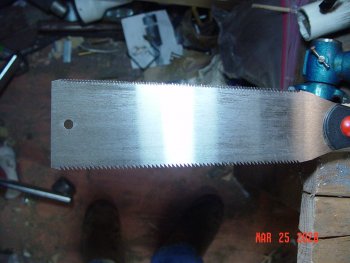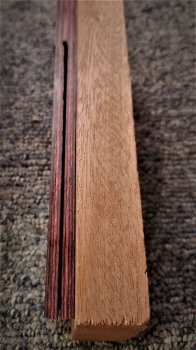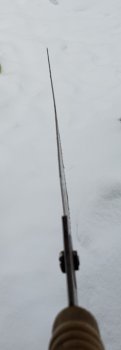My advice is to find a "saw shop" in your area that makes blades to order. I have an older craftsman bandsaw, that takes a 70 1/2" blade..... and commercially Sears was the only option.....and the blade were pure do-do. And I would go through literally dozens a year.
Out of frustration, I found a "saw shop" and started having them make me "custom" bi-metal blades in 6TPI, and even some 4TPI...... Personally I liked the 6TPI best, and at only $18 each, custom made out of quality blade material. Here's the best part..... the quality level is such that I buy ONLY 3 blades a year! And honestly, I usually only go through two of those in a years time.
If you're cutting thin scales, and want to keep them straight, it's as much technique as it is the blade. A rip fence, and TAKE YOUR TIME CUTTING. As soon as you start forcing it. the blade bows (usually away from the rip fence), and then it will dive back and forth....how much it does, depends on the amount of pressure you are applying.
Take it slow and easy, letting the saw do it's job, at the speed its comfortable doing that job..... and you will find that thing come out much nicer. 








